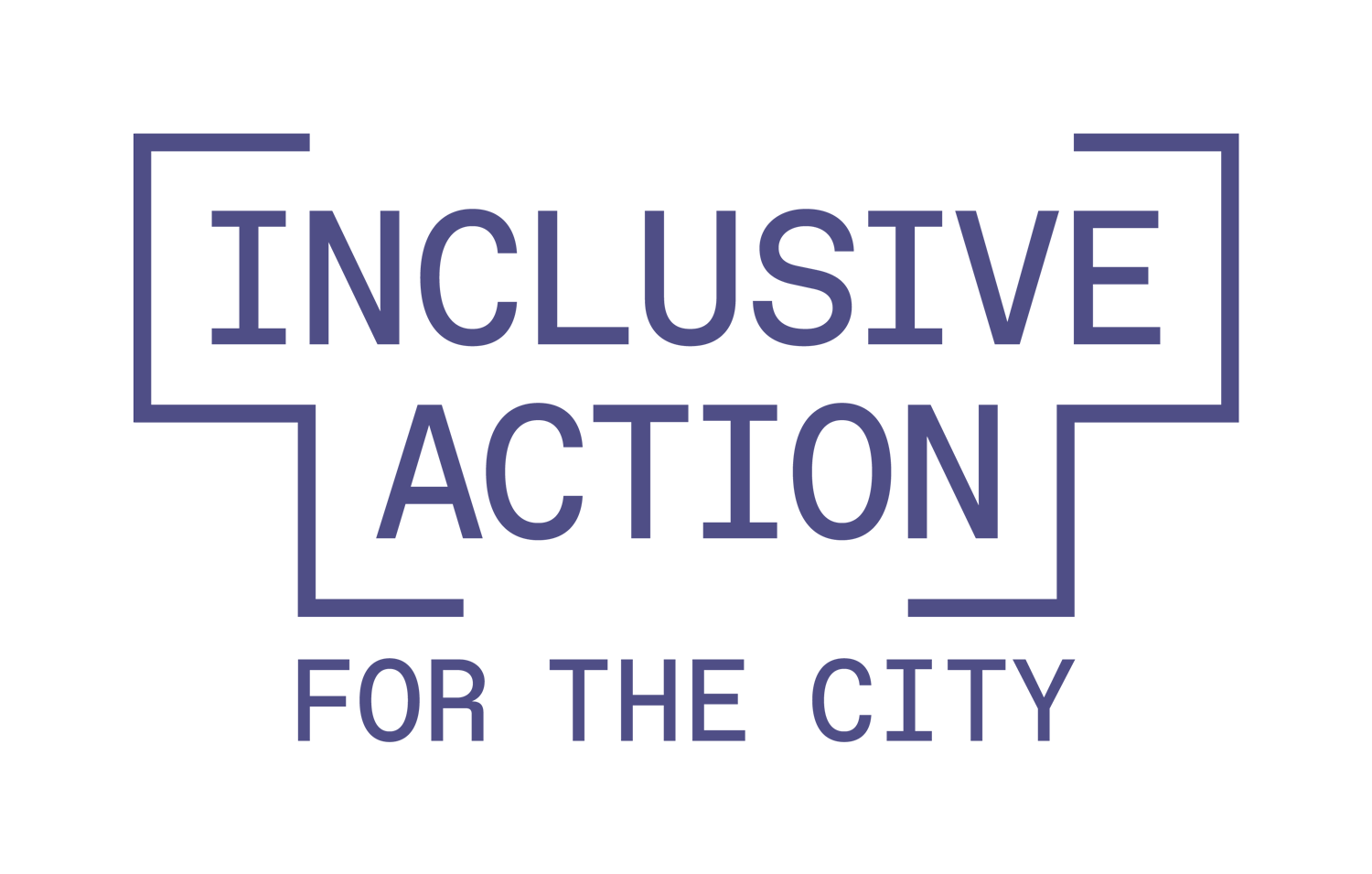Community-Owned Real Estate: A Path to Equity and Justice
By Chih-Wei Hsu, research associate
What would it mean for a society if community members collectively owned real estate instead of individuals owning land? Empowerment. Self-Determination. Racial and economic justice. Equity.
That is what community-owned land would achieve.
The National Equitable Recovery Alliance, known as NERA, held the first webinar on community ownership and stewardship in a series of four. Inclusive Action is a NERA co-lead, bringing practitioners and community advocates together. The webinar provided a history of community land ownership, examined the strategies employed by communities of color in response to systemic barriers, and discussed the linkage between community ownership with other movements.
Community ownership and stewardship is a form of solidarity economy, which ensures residents have control and agency over their communities and share in all their work and wealth. Ownership of assets and resources through community decision-making honors both the land and the people. It is done through community-led strategies that acknowledge the harms of the past and offer a way to heal from prior injustices.
Community stewardship and ownership have been around for millennia. For many indigenous cultures, land cannot be owned, especially by individuals. Instead, the community acts as the collective steward of the land.
However, in the U.S., a combination of forces—racist housing and urban renewal policies, financialization of real estate, and financial deregulation—made property ownership out of reach for many BIPOC communities. At the same time, outside investors have an outsized say in their communities. Community ownership and stewardship are ways to implement community self-determination and stability while retaining and reinvesting the benefits generated by real estate and land. This is precisely the reason Inclusive Action is furthering our commitment to this movement.
Community-owned land projects are already underway. For example, in Los Angeles, there are many examples of what community ownership and stewardship looks like, including a $50 million investment from LA County to develop and operate a land bank, as well as a group of nonprofits, including Inclusive Action for the City, creating an entity to take commercial properties off the speculative market in gentrifying neighborhoods and then turn over ownership to the small businesses that reside in those buildings.
NERA also shared its resource website, which provides a network of community practitioners. Also known as Community Field Notes, it supports organizations and communities working on community ownership and stewardship through peer learning, exchange, community organizing, coalition building, and advocacy to strengthen policies and investments.
NERA has scheduled three additional webinars.
Thumbnail Illustration: Steve McCarthy for Fine Acts
